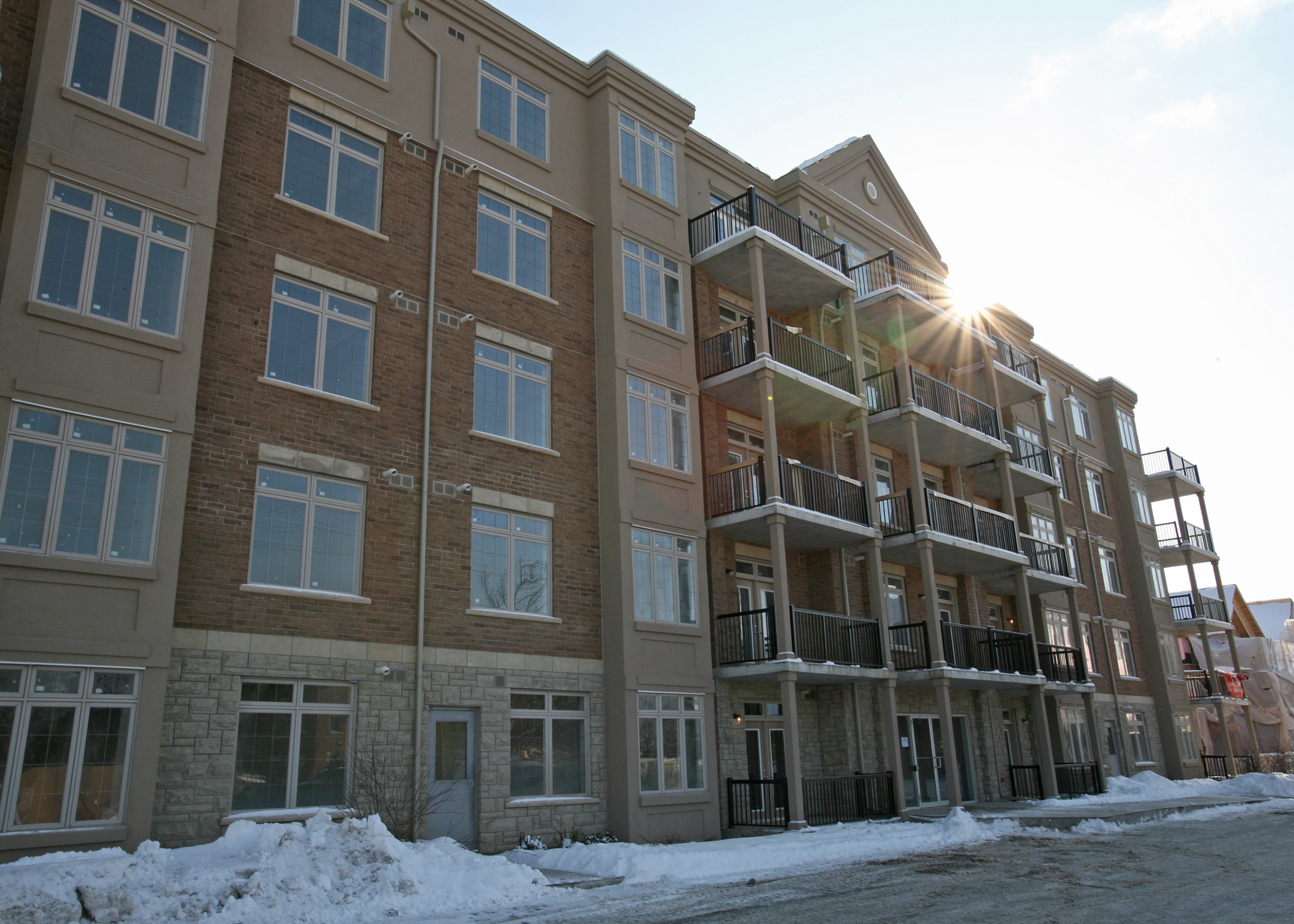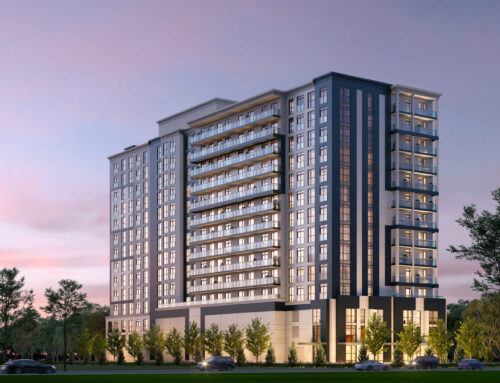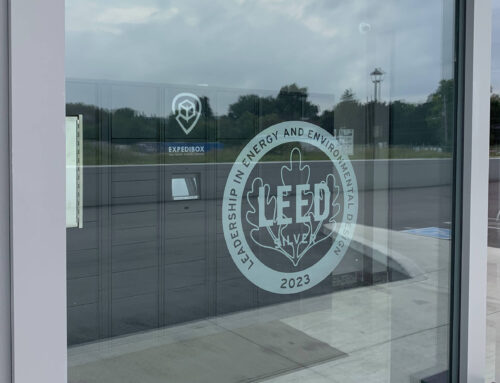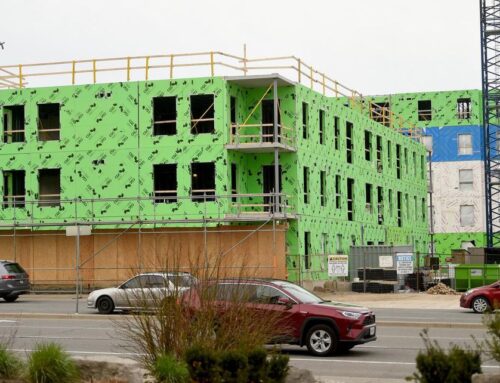It is important to note that it is far more cost effective to implement energy saving features in a newly built home than to retrofit an existing house.
This creates a unique point of distinction for today’s new homes as compared to those built as recently as 5 or 10 years ago. Green technology and its implementation has come a long way, providing home buyers with an unprecedented wealth of opportunities to reduce their carbon footprint while enjoying significant savings in their utility costs.
INSULATION
Probably the most important green home upgrade to consider when building a new home is proper insulation. Heating and cooling can account for nearly half of your home’s energy consumption. Proper insulation will ensure that expensive energy that’s heating and cooling your home isn’t escaping out the windows or through the roof. To make your home even more of an insulated fortress, you may also consider upgrading your weather stripping and sealant around the doors and windows.
GEO THERMAL
Many of today’s premier builders are pioneering the shift to geo-thermal energy in their new home and condominium developments. Using 30-60 percent less energy, running quieter, and requiring less maintenance than typical HVAC systems, geothermal systems use a loop of underground water piping to transfer heat from the earth below where its cooler to your home (in the summer, it’s cooler underground, so that this same process in reverse can serve to cool your home).
SOLAR PANELS
Solar panels have long been an attractive way to reduce the energy consumption of a home. A solar electric system compares very favorably with other home improvements in percentage of cost recovered, particularly as electric rates rise. In addition to the energy savings, solar panels constructed with the home’s esthetics in mind can have a visible and positive impression on future homebuyers. They can literally see this is a green energy home, providing long-term benefits for them as well.
WATER HEATERS
Many consumers tend to overlook the expense of heating water for their daily needs, even though up to 20% of each household’s energy budget goes toward it. Tankless water heaters offer increased efficiency with no decrease in comfort or convenience for homeowners. Instead of a large 50-60 gallon tank that heats and stores the water, tankless water heaters use extreme heat to raise the water temperature as it passes though the pipes, resulting in instant and continuous hot water. Tankless heaters last approximately twice as long as traditional tanks and provide energy savings by using less water and reduced power consumption since they only heat water when it is needed.
APPLIANCES
With newly-built homes, everything is new – including home appliances. Kitchens are outfitted with new refrigerators, ovens and dishwashers, often from a series of design options the consumer controls. Most reputable builders are offering Energy Star appliances in their Design Center, helping customers select attractive and energy efficient appliances. EnergyStar is a government-backed regulatory program that identifies products that help reduce greenhouse emissions and use energy more efficiently. Wisely investing in upgraded appliances will also help to increase the resale value of your home, too, since appliances can be a major focal point for homebuyers.
MISCELLANEOUS
Something as simple as having a ceiling fan installed which circulates warm air from the ceiling to the floor can actually save you 10% on your heating bill.
Excess space in homes no longer has the appeal it once had. Smaller homes that eliminate wasted space with formal living rooms and/or media rooms that are connected to the core areas resonate with today’s buyers.
For those looking to really reduce their carbon footprint when buying a new home, don’t discount walkability. The ability to stroll to parks, shopping and schools greatly reduces dependence on cars improving both personal and environmental health.
There really is no limit when it comes to finding new and innovative ways to enhance a home’s eco-friendliness. Everything from air filtration systems, to the home’s orientation to the sun and the color of the roof can constitute as green upgrades. Options will vary by builder and the development, however many consumers will see dramatic reductions in their monthly energy bills by taking advantage of these features. Furthermore, when the time comes to sell their home, they will be able to continue to reap the rewards of today’s green technology.






